Media laws at India
Media Laws in India
India has a complex legal framework governing its media landscape, with a strong emphasis on freedom of speech and expression. These laws are designed to balance the protection of individual rights with the need for national security, public order, and the prevention of hate speech. India’s media laws encompass print, broadcast, and digital media.
The Indian media industry is one of the largest and most diverse in the world, and its legal framework reflects the challenges of regulating a vast and varied media environment. These regulations are rooted in both constitutional guarantees and specific legislation related to defamation, broadcasting, data privacy, and media ownership.
🧾 Key Legal Frameworks Governing Media in India
1. The Constitution of India (1950)
The Constitution of India provides the foundation for media laws, particularly with regard to freedom of speech and expression.
Article 19(1)(a): This article guarantees freedom of speech and expression, which includes the right to freely disseminate ideas and publish opinions. This is the primary legal protection for journalists and media outlets in India.
Article 19(2): This provision outlines reasonable restrictions on the right to freedom of speech and expression. It allows the government to limit this right for reasons including:
Sovereignty and integrity of India
Security of the State
Friendly relations with foreign states
Public order, decency, morality
Contempt of court
Defamation
Incitement to an offense
While these restrictions are meant to safeguard national interests, there has been ongoing debate about how they impact press freedom.
2. The Press Council Act (1978)
The Press Council Act established the Press Council of India (PCI), which is a quasi-judicial body responsible for overseeing the ethics and standards of print journalism in India.
Ethical Standards: The Press Council is tasked with maintaining and improving the standards of news reporting, ensuring that media organizations avoid practices like sensationalism, false reporting, and biased coverage.
Self-Regulation: The PCI operates as a self-regulatory body, which allows it to investigate complaints against newspapers and magazines. However, it does not have enforcement powers and cannot impose penalties, though it can issue warnings or reprimands.
3. The Cable Television Networks (Regulation) Act (1995)
This Act regulates the operation of cable television networks in India, setting standards for content, broadcast licensing, and advertising.
Content Regulation: The Act mandates that cable operators must ensure their broadcasts are in compliance with content guidelines, particularly concerning violent, obscene, or harmful content. It also regulates programming related to national interest, morality, and public order.
Broadcast Licensing: Cable networks are required to register with the government and adhere to licensing regulations, ensuring that they maintain fair and unbiased coverage. The Act also introduced programming codes and advertising regulations to control the nature of content broadcast.
4. The Broadcast (Television and Radio) Content Complaints Council (2004)
This body was established to handle grievances related to content broadcast on television and radio. The Broadcast Content Complaints Council (BCCC) works as an independent self-regulatory body, ensuring that television channels adhere to content codes and do not broadcast content that is offensive or against public norms.
Content Codes: The BCCC ensures that the content complies with programming codes set out by the Ministry of Information and Broadcasting (MIB). These codes prohibit content that may be seen as harmful, discriminatory, or inciting violence.
Complaints Mechanism: The BCCC acts as a platform for individuals and organizations to file complaints about unethical or harmful content, including issues of defamation, misrepresentation, and offensive language.
5. The Information Technology Act (2000)
The Information Technology (IT) Act governs digital media and online platforms in India. It sets out rules related to cybercrime, e-commerce, and online content.
Section 66A (repealed in 2015): Prior to being struck down by the Supreme Court, Section 66A of the IT Act criminalized the sending of offensive messages via electronic communication, including social media. It was widely criticized for curbing freedom of expression and was ruled unconstitutional for being vague and overbroad.
Cybersecurity and Data Protection: The IT Act also includes provisions related to data protection and the prevention of cybercrimes like hacking and identity theft. It mandates that service providers take steps to protect personal data and prevent the dissemination of illegal content.
Section 69A: Allows the government to block websites and content deemed a threat to national security or public order.
6. The Cinematograph Act (1952)
While primarily concerned with the film industry, the Cinematograph Act also governs the content that is aired in cinemas, including films and documentaries.
Censorship Board: The Central Board of Film Certification (CBFC) is the body responsible for certifying films for public viewing, including ensuring that content complies with Indian laws concerning decency, morality, and public order.
Certification Categories: The CBFC issues certificates such as U (unrestricted), A (adult), UA (under 12), and S (specialized content), which dictate the audience suitability of films.
7. The Defamation Act
Defamation laws in India regulate the protection of reputation and offer legal avenues for individuals to seek redress against harmful or false statements in the media.
Civil vs. Criminal Defamation: Defamation can be pursued both as a civil case, in which the plaintiff seeks damages, or as a criminal case, where the defendant can face imprisonment. Civil defamation cases can be pursued in courts, while criminal defamation cases are handled by police and prosecutors.
Media Responsibility: Journalists and media organizations are expected to uphold accuracy and fairness in their reporting. However, the threat of defamation lawsuits has been known to encourage self-censorship among journalists and editors.
8. The Copyright Act (1957)
The Copyright Act provides legal protection for original literary, artistic, and musical works. Media organizations must comply with copyright laws when using content created by others, including photographs, films, and articles.
Fair Use: The law includes provisions for fair use, allowing journalists to quote or reference copyrighted materials for commentary, criticism, and reporting, but subject to limitations.
🏛️ Regulatory Bodies in India
Ministry of Information and Broadcasting (MIB):
The MIB is the primary governmental body responsible for overseeing the media industry in India. It regulates broadcast media, sets guidelines for advertising, and ensures compliance with broadcasting standards.
Press Council of India (PCI):
The PCI is an independent body tasked with maintaining the ethical standards of the print media in India. It resolves complaints about journalistic misconduct, including biased reporting, defamation, and sensationalism.
Telecom Regulatory Authority of India (TRAI):
TRAI regulates telecommunications and broadcasting sectors, including setting guidelines for private broadcasters and ensuring fair pricing and access.
Central Board of Film Certification (CBFC):
The CBFC is responsible for certifying films for release in cinemas, ensuring that they comply with legal and cultural norms.
Internet and Mobile Association of India (IAMAI):
IAMAI is an industry association that promotes self-regulation in the digital media sector, with a focus on content standards and online privacy.
🚨 Challenges and Criticism
Despite the robust legal framework, India faces several challenges related to media regulation:
1. Media Ownership Concentration
A few large corporations dominate the media landscape in India, limiting diversity in viewpoints and content. This concentration of media ownership is often seen as a threat to journalistic independence and pluralism.
2. Censorship and Pressure on Journalists
Government pressure and political influence can lead to self-censorship and bias in media reporting. Journalists and media outlets face legal threats, including defamation lawsuits, sedition charges, or anti-terrorism laws, which sometimes stifle investigative journalism.
3. Hate Speech and Misinformation
The rise of social media has led to an increase in hate speech and the spread of misinformation. While laws like Section 69A of the IT Act allow the government to block content deemed harmful, there are concerns about the overreach of censorship and its potential impact on freedom of expression.
4. Digital Media Regulation
The rapid growth of online platforms has led to calls for greater regulation of digital media, particularly with regard to data privacy, content moderation, and the spread of fake news.
✅ Summary Table
| Law / Regulation | Focus | Impact on Media |
|---|---|---|
| Constitution of India (1950) | Freedom of speech and expression | Guarantees media freedom with some restrictions |
| Press Council Act (1978) | Media ethics and standards | Promotes ethical journalism in the print media |
| Cable Television Networks (Regulation) Act (1995) | Cable TV content and licensing | Regulates content and fair licensing for cable operators |
| Information Technology Act (2000) | Digital media and cybercrimes | Governs online content and data protection |
| Cinematograph Act (1952) | Film certification and censorship | Regulates content and censorship in films |
| Defamation Act | Defamation laws | Protects individuals from false statements in the media |
| Copyright Act (1957) | Protection of intellectual property | Regulates the use of copyrighted material in media |
🌍 International Rankings
Reporters Without Borders (RSF) – 2024 Press Freedom Index:
India ranks 150th globally, reflecting concerns over press freedom and the growing influence of political pressures on the media. Journalists face harassment, violence, and legal threats, particularly when reporting on sensitive issues.
✍️ Conclusion
India's media laws offer a balance between freedom of expression and regulation. While India has a strong constitutional foundation for press freedom, the media landscape faces challenges, including ownership concentration, censorship, and increasing government control over digital platforms. The regulatory bodies, including the Press Council of India and Ministry of Information and Broadcasting, work to maintain standards and protect public interests, but concerns over media freedom persist.


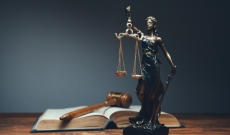





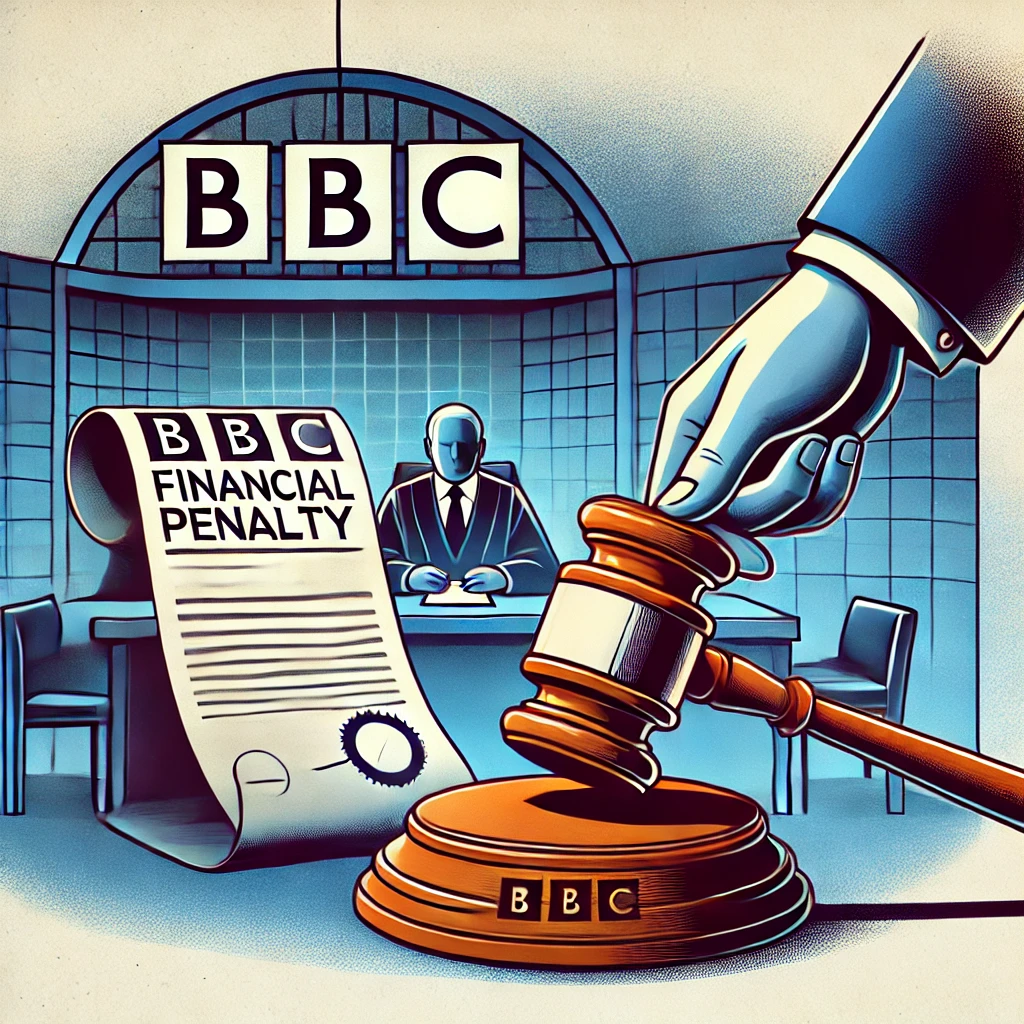


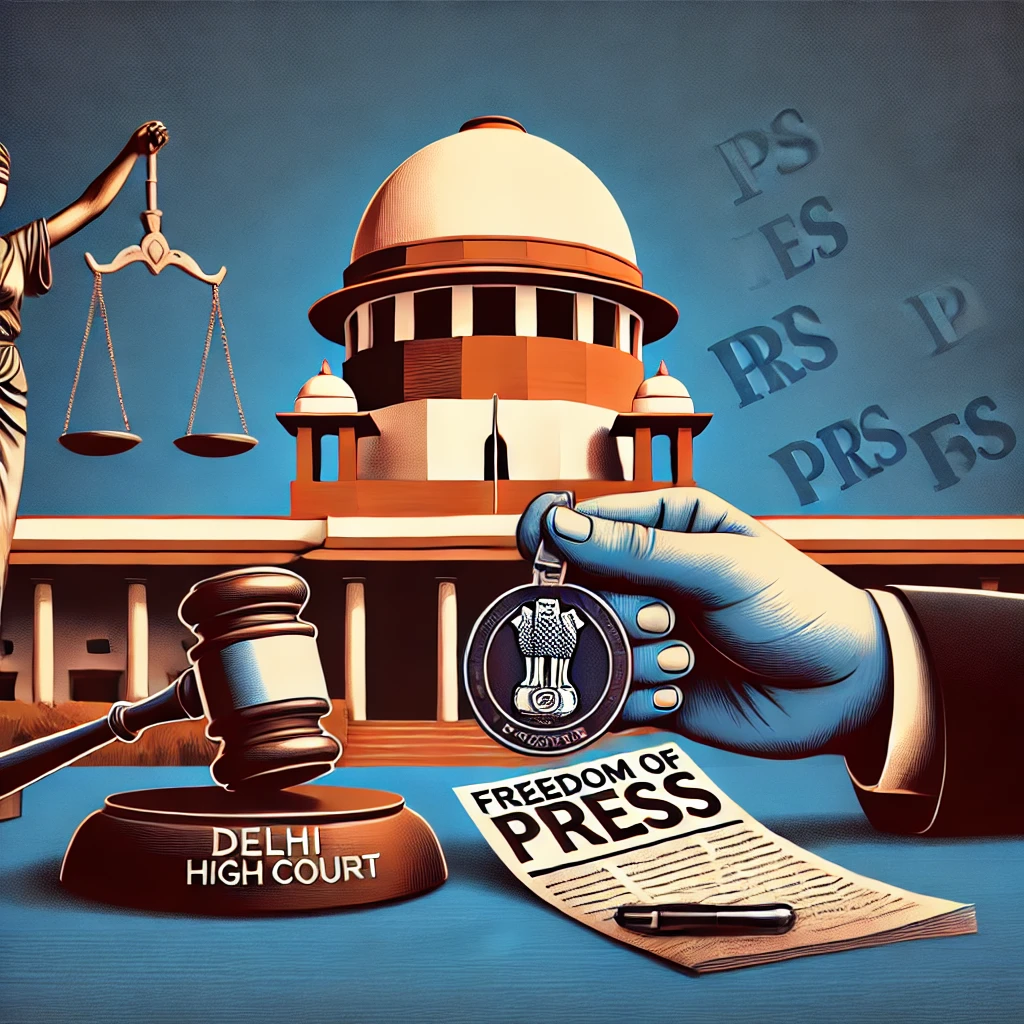

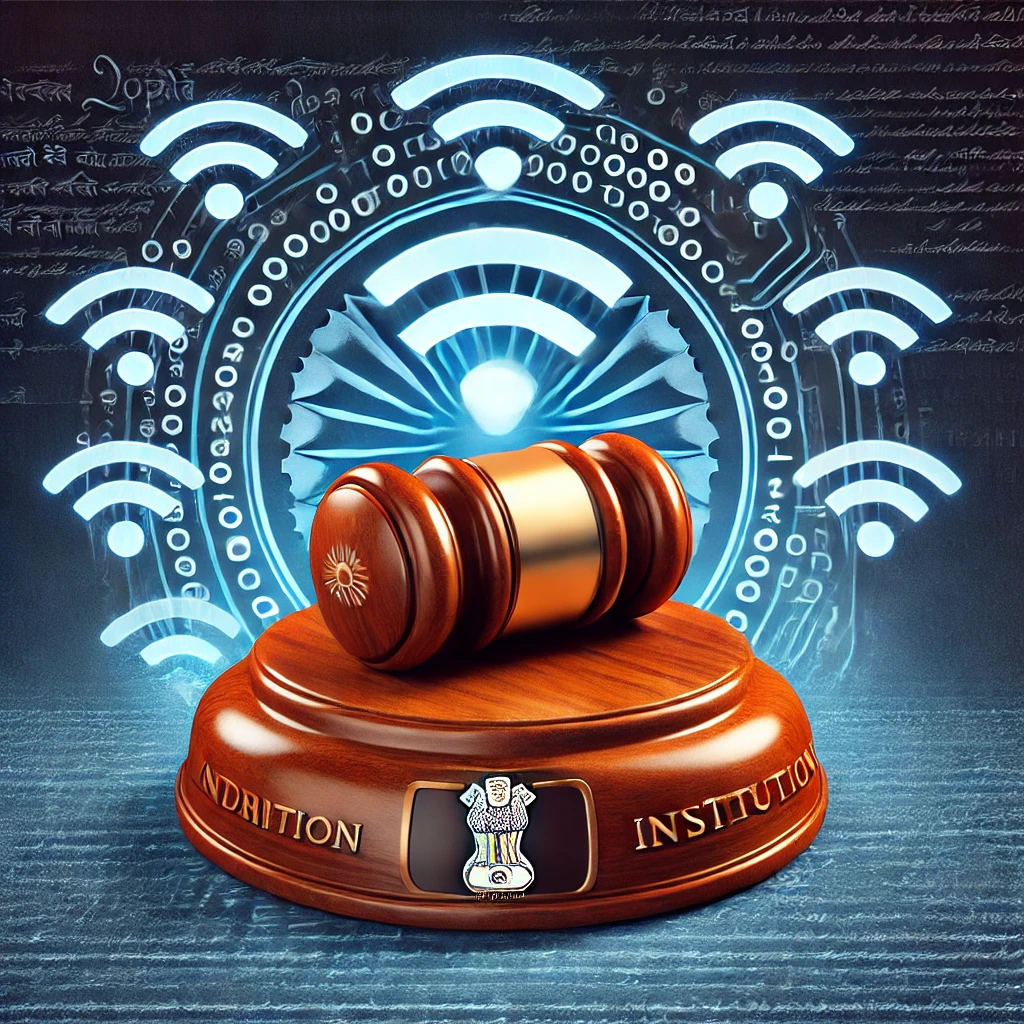



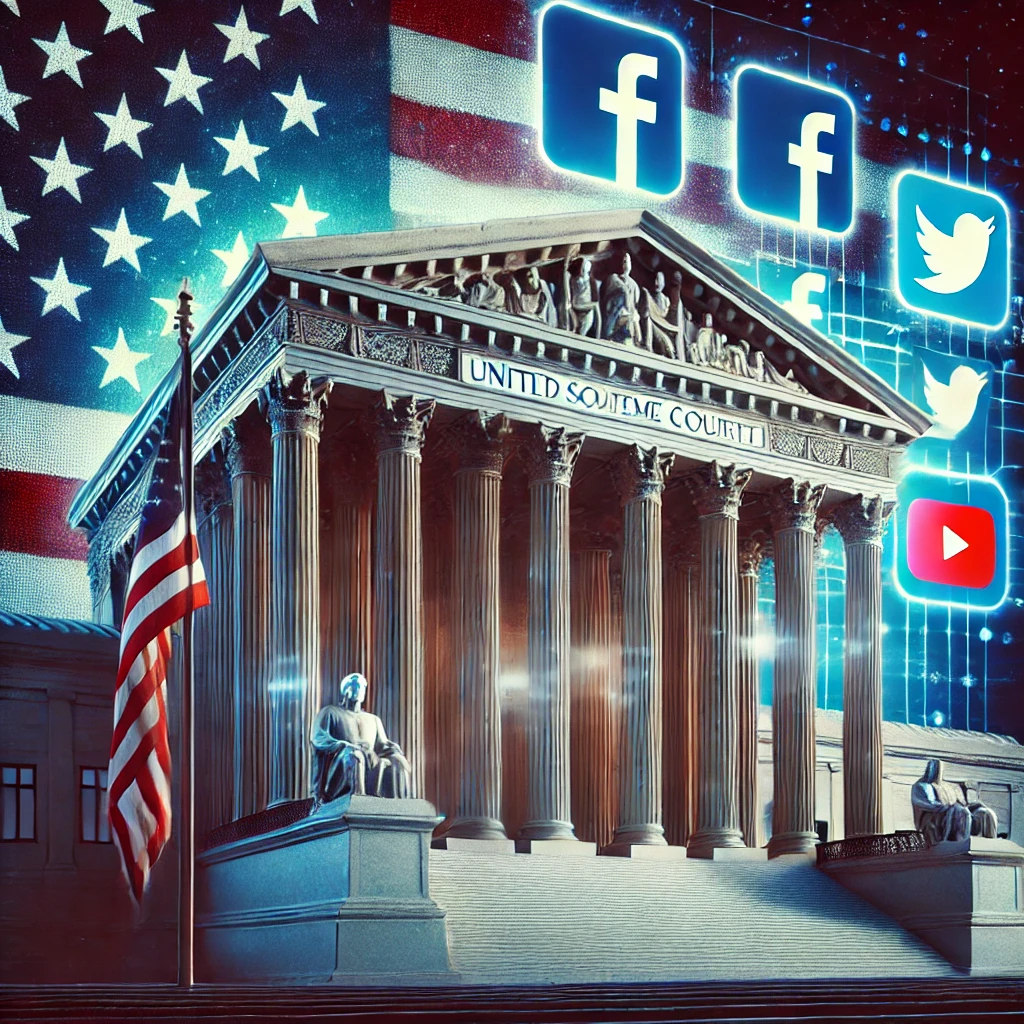
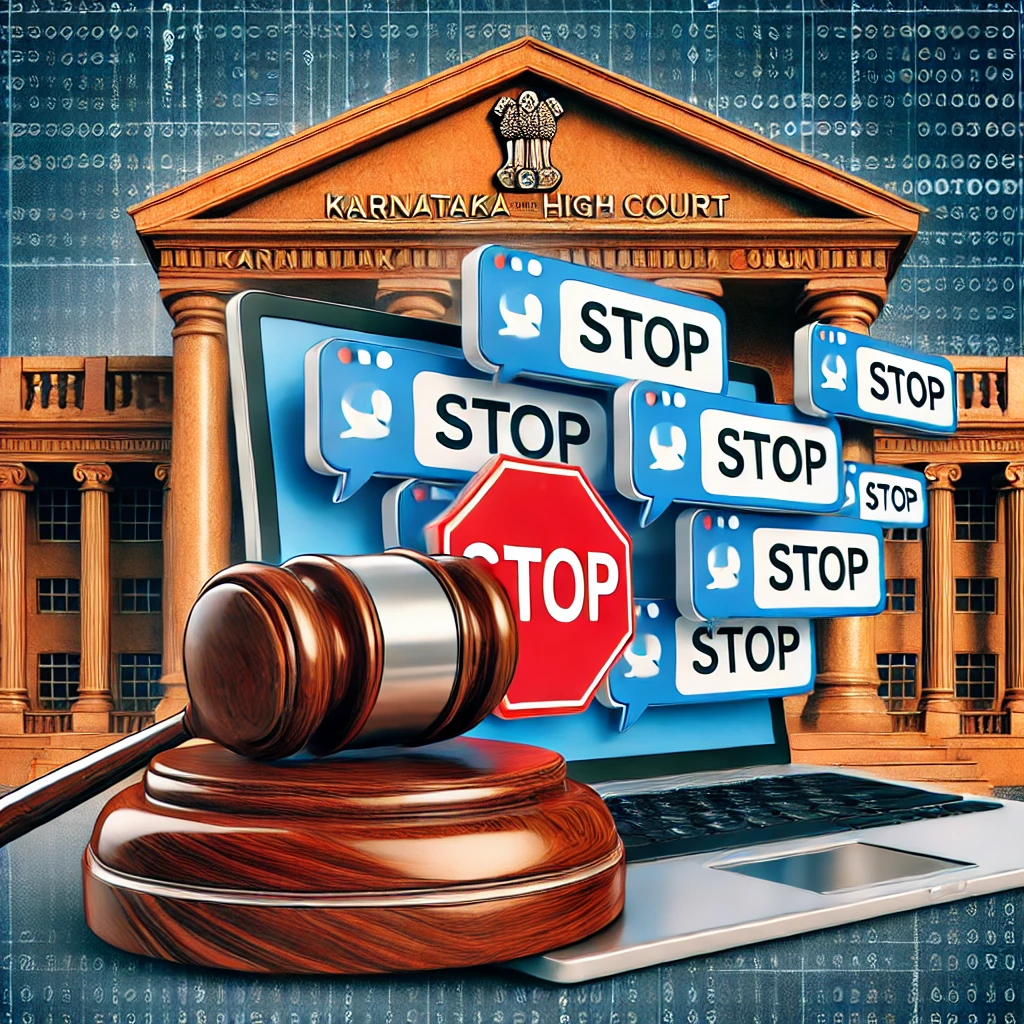

0 comments